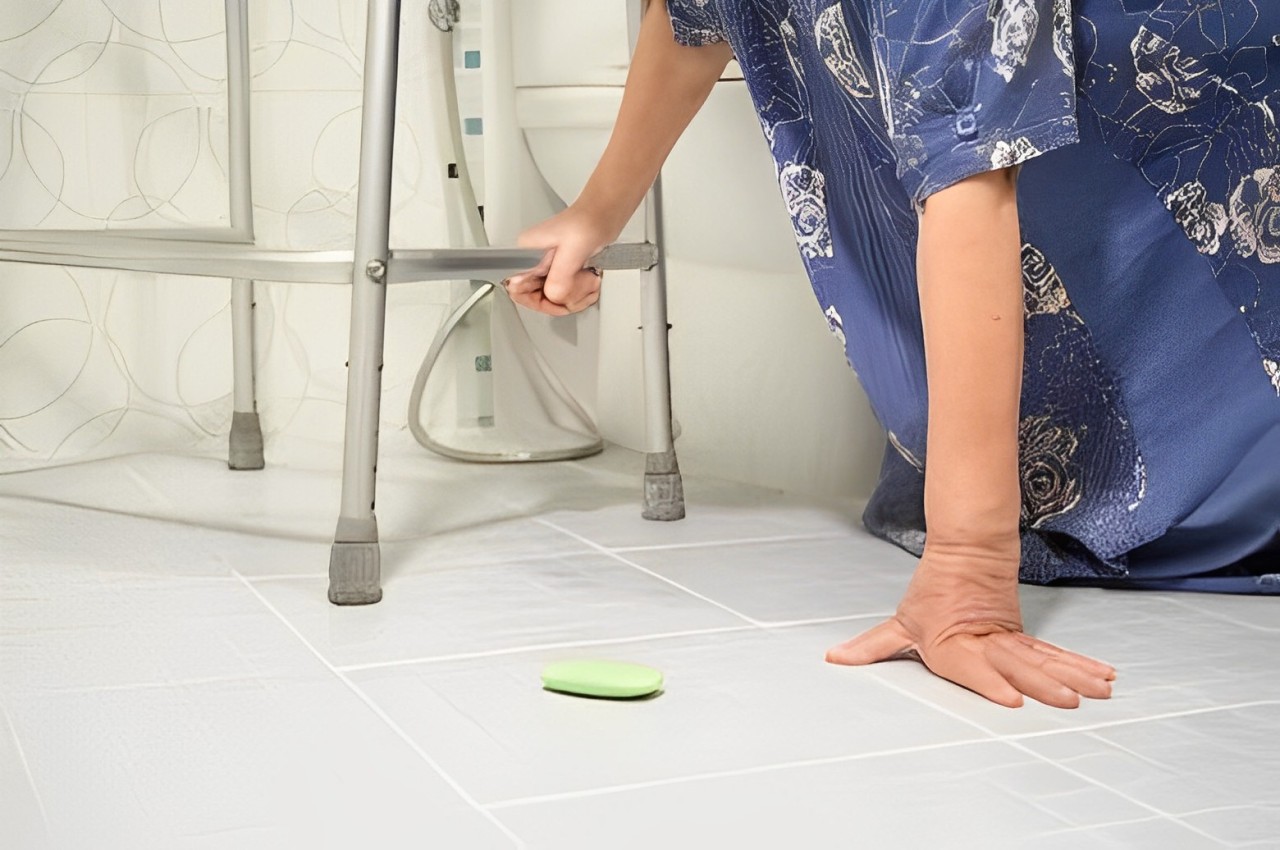Fall Prevention In Elderly
Introduction

Fall prevention in the elderly is a critical health concern, as falls are the leading cause of injury-related death for those aged 65 and over. In 2020, such falls resulted in over 36,000 fatalities and caused around 3 million emergency department visits, demonstrating the serious nature of this issue. The risk of falling in the elderly is influenced by a variety of factors.
Age-related changes like diminished eyesight, hearing, osteoarthritis, degenerative osteoarthritis, back pain, joint pain, lumbar spine pain, knee pain, upper back strain, hurt shoulder, and reflexes play a role, as do health conditions such as diabetes, heart disease, and cognitive impairments. Environmental factors, including poor lighting and unsafe footwear, also contribute to the risk. These risk factors underscore the need for a holistic approach to fall prevention, encompassing medical evaluation, lifestyle modifications, and environmental safety improvements, to protect the health and independence of the elderly population. In this blog, orthopedic doctor Syed Imran will delve into fall prevention in the elderly and provide tips to stay safe.
Understanding The Risks
Understanding the risks of falls among the elderly involves considering various factors, including physical health conditions, environmental hazards, and lifestyle choices.
- Physical Health Conditions: Various health issues can increase the risk of falls. Impaired vision due to conditions like glaucoma or cataracts makes it difficult to detect fall hazards. Age-related issues like osteoarthritis, degenerative osteoarthritis, back pain, joint pain, lumbar spine pain, knee pain, upper back strain, and hurt shoulder are also significant risk factors. Additionally, certain chronic diseases like Parkinson’s disease, Alzheimer’s, and arthritis can affect balance and physical strength. Postural hypotension, where blood pressure drops on standing, is another concern. Foot problems, such as calluses or ulcers, can affect balance, increasing the likelihood of falls.
- Medication Side Effects: Many medications, including sedatives, antidepressants, antipsychotics, and some cardiovascular drugs, can have side effects like dizziness or confusion, which heighten the risk of falls.
- Environmental Hazards: The majority of falls among the elderly occur at home, with environmental factors like poor lighting, clutter, loose carpets, slick floors, and a lack of safety equipment (e.g., grab bars, and ramps) playing a significant role.
- Behavioral Hazards: Lifestyle and behaviors, including the types of activities engaged in and the level of physical demand, influence fall risk. For instance, tasks like carrying heavy laundry baskets can pose a risk, especially if combined with unsafe footwear or navigating stairs.
- Extrinsic Causes: External factors such as uneven surfaces, slippery floors, and poor lighting contribute significantly to falls. These factors are responsible for a substantial proportion of falls in older adults.
- Surgical Procedures: Surgeries, like hip replacements, and knee replacements due to osteoarthritis, can leave an elderly person weak and less mobile, increasing their fall risk. Post-surgical rehabilitation is crucial for recovery and minimizing fall risk.
Tips To Stay Safe From Falls By Orthopaedic Doctor Syed Imran
Conclusion
Fall prevention in the elderly is a multifaceted endeavor that requires a comprehensive approach addressing physical health, environmental safety, lifestyle modifications, and healthcare management. Understanding the various risk factors, including age-related changes, medication side effects, environmental hazards, and behavioral factors, is crucial in developing effective fall prevention strategies. Tips such as engaging in regular physical activity, wearing appropriate footwear, implementing home safety measures, managing medications effectively, and adopting a healthy lifestyle are essential for reducing the risk of falls and promoting overall well-being in older adults.